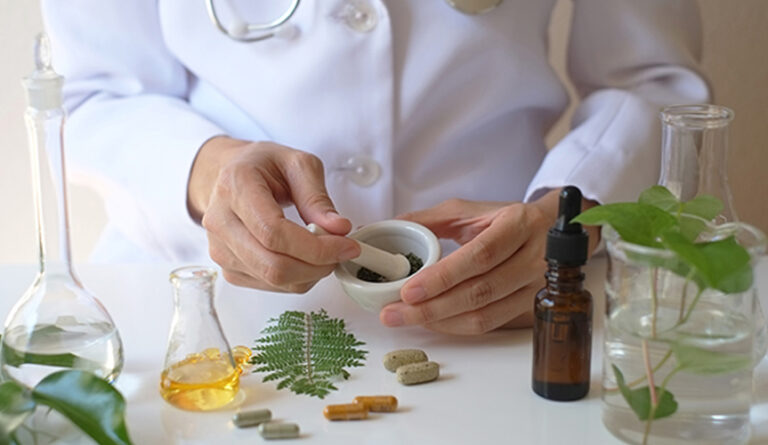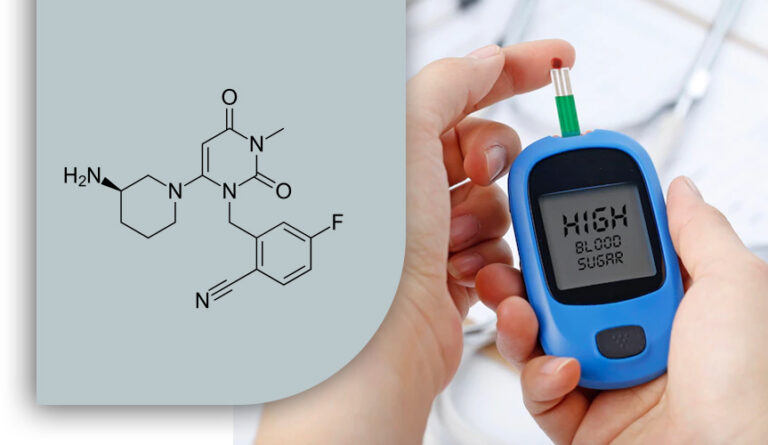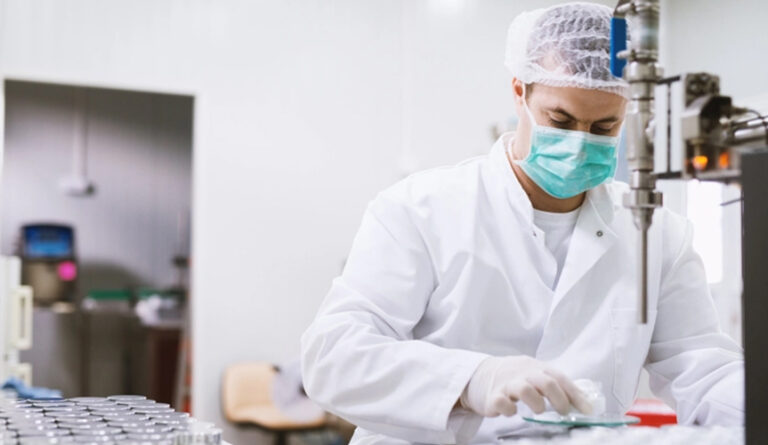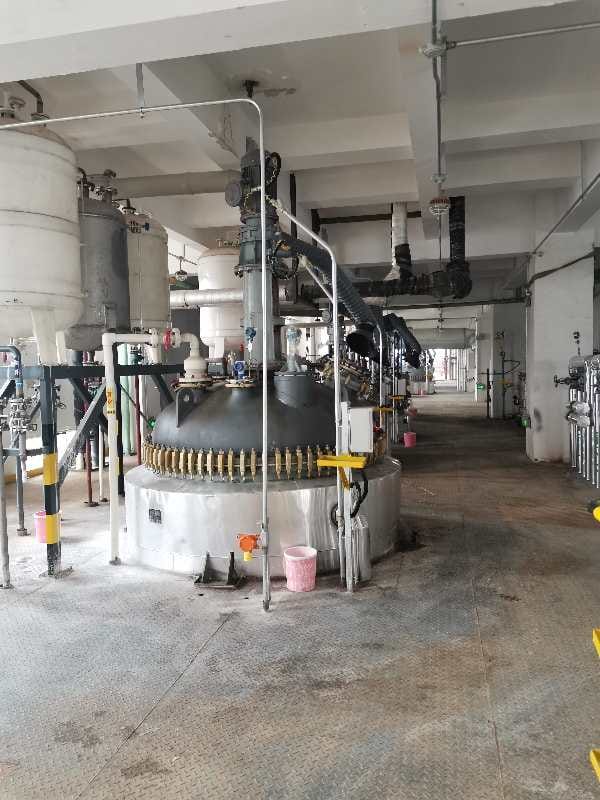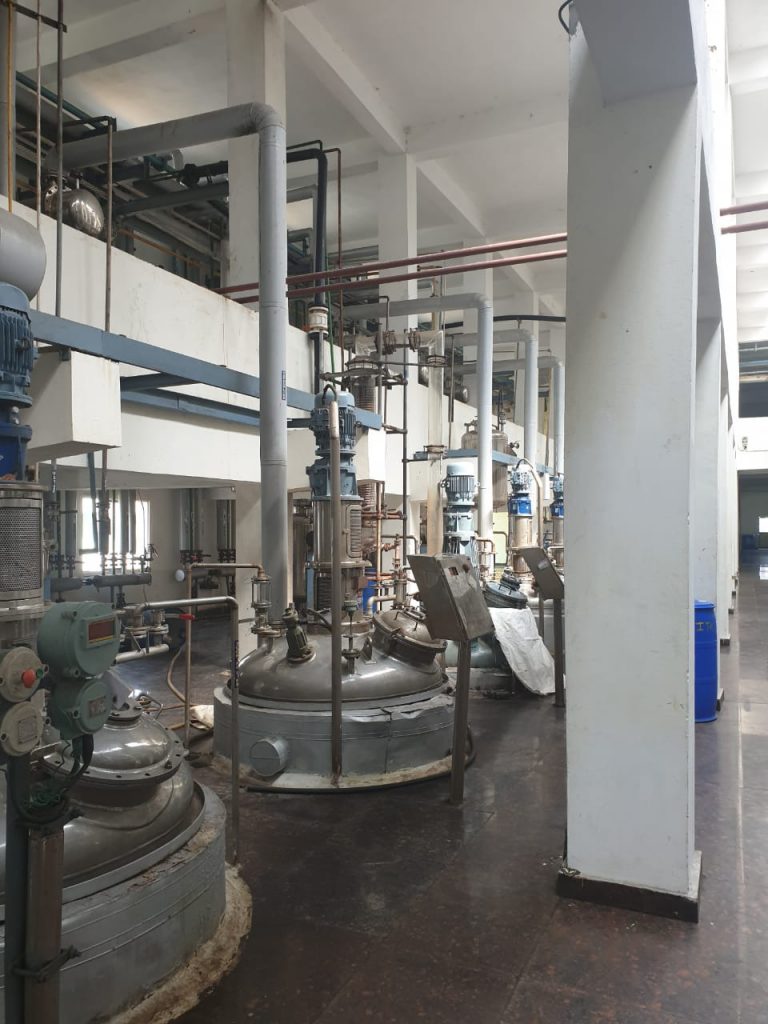Table of Contents
What is Obesity?
With an abundance of unhealthy lifestyles and eating habits, the Indian population falls prey to obesity. Obesity affects approximately 5% of the population, and this number is rising every day and every year. India leads at number 2 when it comes to the number of obese people in the country.
Many think obesity is just being fat and unhealthy, but no one talks about the damage it can cause to the body and the health risks it comes with.
We can’t blame our parents for forcing us to eat at home instead of eating outside, as junk food can double the chances of obesity in a person.
Assessing Obesity
A person is called overweight when their body mass index (BMI) exceeds or is equal to 25. They are called obese if their BMI exceeds 30. Calculating BMI is done by considering two factors, i.e., height and weight. Obesity comes with plenty of health risks and chronic diseases. Obesity also makes daily tasks like climbing stairs or something as simple as walking difficult. It is alright to indulge in pleasure food once in a while but not advisable or healthy to make it a lifestyle habit.
With covid risks, it has become even more important for everyone to be fit and healthy. For an obese person being positive for covid can be much more dangerous than for a fit person.
What Causes Obesity?
Obesity is a serious condition caused when a person has excess fat and weight in their body. Although, obesity may not only be caused by unhealthy eating habits and lifestyles. They can be caused by a few other factors as well:
- Family History
It is proven that genes and family history of obesity can carry on from generation to generation. Due to similar eating habits and diet, a person can have similar issues as their other family members.
- Medication
Some medications produce so much heat and hormonal change in the person’s body, which can cause them to become obese due to the side effects of certain medicines. Some medications can cause hormonal imbalances that can affect your weight in a short period.
- Unhealthy Habits and Lifestyle Choices
Following an unhealthy lifestyle is the major cause of obesity among people.
No one can surely say the cause of obesity as many factors contribute to it.
Health Issues with Obesity
Being overweight or obese poses harmful threats to a person. Compared to a healthy person, an obese person is more likely to have health issues and diseases. Although the disease can affect anyone, an obese or overweight person is more exposed to the possibility of getting a disease.
Health issues with obesity can show up in the form of different diseases and risks:
- High Blood Pressure
- Type 2 Diabetes
- Heart Disease
- Higher chance of Stroke
- Gallbladder Disease
- Insomnia
- Respiratory Problems
- Mental Issues
- Disrupted Body Function
- Kidney Disease
- Affected fertility issues
Something as simple as daily tasks can be difficult when a person is obese. The hormonal disturbance that comes with weight gain impacts the body. Overall it is an unhealthy way of living and not ideal, especially in covid times.
Treatment of Obesity
There is no specific way to treat obesity, and it requires just a bunch of lifestyle changes that one can initiate in their daily life to fight obesity.
Treating obesity involves patience and taking baby steps toward your goals.
- Following a healthy diet
- Calorie controlled diet
- Taking at least 8 hours of sleep
- Refraining from high sugar content products
- Exercise
- Weight loss medication
- Hormonal Treatments
It’s all about making long-term lifestyle changes to live a healthy life. Do seek medical attention if you notice sudden weight gain or weight loss. It’s also wise to seek a doctor’s consultation and check for hormonal or any health issues that may need medical attention or treatment. Also, avoid being a couch potato and do some physical activity. If not, exercise every day to keep those calories burning.
To give your journey a boost, you can try cetilistat by Bulat Pharmaceuticals, which is a specially designed active medication for treating obesity. With its consumption, you will be able to notice significant changes in your body as it breaks down fat, producing noticeable results.
Conclusion
Maintaining a healthy lifestyle is of top-notch importance, especially considering the scenario Covid has gotten us into. People during lockdown either have gained weight by being at home and indulging in pleasure food to enjoy or decided to become healthy and lost weight as they had plenty of time on their hands.
With so much talk about body positivity and empathy towards overweight or obese people, we must understand that things can get difficult for some, and it can be extremely tough for them to lose weight. However, the main goal is to stay healthy and fit, which will help you lead a long, healthy, disease-free life.
If you found this helpful and informative, check Bulat Pharmaceutical for more such content. Need assistance on any of our products? Feel free to reach out to our experts.


